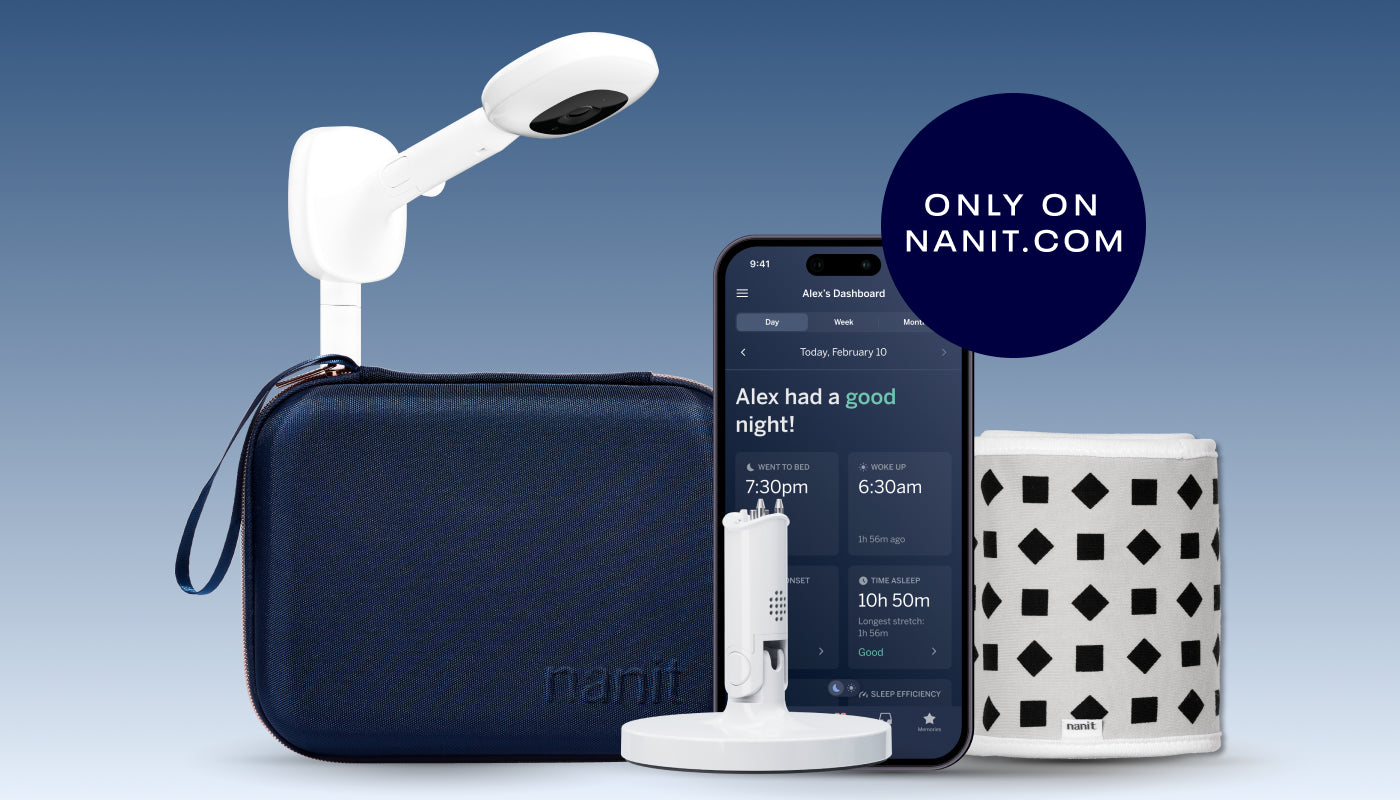Natalie Barnett, Assaf Glazer, Tor Ivry, Yena Lukac, Thomas Anders
Presented at the conference of the World Sleep Congress in Vancouver in September 2019
Introduction
There have been several studies showing evidence of male postpartum depression (PPD). Nanit has developed a camera system that uses computer vision to analyze infant sleep and the parental interventions that occur during the night. We are trying to understand if there is a need to help support new fathers in their transition to fatherhood through an app-based system of support. This study was designed to understand and highlight the incidence of PPD in new fathers in the United States.
Methods
289 American men (of 1,121 requested) with babies aged 3-6 months, who all had female partners, were recruited from a group of households using the Nanit infant camera and sleep system. They completed the Edinburgh postnatal depression scale (EPDS) and demographic questions. Their demographics were compared to their EPDS scores.
Results
The respondents were 75% White, 9.3% Asian, 3.1% African American (12.5% Other). The percentage of respondents who described their place of residence as urban was 39.8%, suburban 53.6% and rural 6.6%. Ninety percent of respondents had a four year college degree or higher and 79.9% earned over $100,000 per year. The mean EPDS score for all respondents was 4.98. 14.5% (42/289) of respondents had an EPDS score of >10, indicating the likelihood of moderate to severe depression and 11/289 (3.8%) had an EPDS score of >14, indicating severe depression. The average EPDS score decreased steadily as income increased, with the average EPDS score for men who earned $25,000-$50,000 per year being 6.83 and the average EPDS score for men earning over $200,000 per year being 4.18 (Cohen’s f=0.21). Fathers who were aged 45-54 had an average EPDS score of 3.0 which was significantly lower (p=0.04) than the average EPDS score of fathers aged 25-34 which was 5.3. There was no significant effect of place of residence, ethnicity or number of children on EPDS score.
Conclusions
This study revealed a relatively high rate of PPD in this selective upper middle class Caucasian group of fathers and a significant inverse relationship between income and EPDS score. EPDS scores also were significantly higher in younger fathers compared to older fathers. Future studies should include a larger and more diverse sample. One limitation of the study was that a male-specific depression scale was not administered. Men often exhibit symptoms of depression differently than women and whilst the EPDS is a validated tool for use in men, a logical next study would include depression scales that are designed for men. However, the study reinforces the premise that there are opportunities to help support fathers during the postpartum period.
About the researchers
The authors include Natalie Barnett, Assaf Glazer, Tor Ivry, Yena Lukac, Thomas Anders

- Dr. Natalie Barnett serves as VP of Clinical Research at Nanit. Natalie initiated sleep research collaborations at Nanit and in her current role, Natalie oversees collaborations with researchers at hospitals and universities around the world who use the Nanit camera to better understand pediatric sleep and leads the internal sleep and development research programs at Nanit. Natalie holds a Ph.D. in Genetics from the University of New England in Australia and a Postgraduate Certificate in Pediatric Sleep Science from the University of Western Australia. Natalie was an Assistant Professor in the Neurogenetics Unit at NYU School of Medicine prior to joining Nanit. Natalie is also the voice of Nanit's science-backed, personalized sleep tips delivered to users throughout their baby's first few years.
- Dr. Thomas Anders graduated from Stanford University (1956) and Stanford University School of Medicine (1960). He completed psychiatry and psychoanalytic training at Columbia Presbyterian Medical Center, NY. A two-year post-doctoral research fellowship preceded his appointment as Director of the Division of Child Psychiatry at SUNY/Buffalo. He also has headed Divisions of Child and Adolescent Psychiatry at Stanford (1974-1984) and Brown University (1985-1992). At UC Davis, he served as Department of Psychiatry Chair (1992-1998) and then as Executive Associate Dean (1998-2002). His long standing clinical and research interests are in the areas of maturation of infant sleep-wake states and pediatric sleep disorders in children with ASD. He has been an NIH funded investigator and served as President of the American Academy of Child and Adolescent Psychiatry (2005-2007).






























